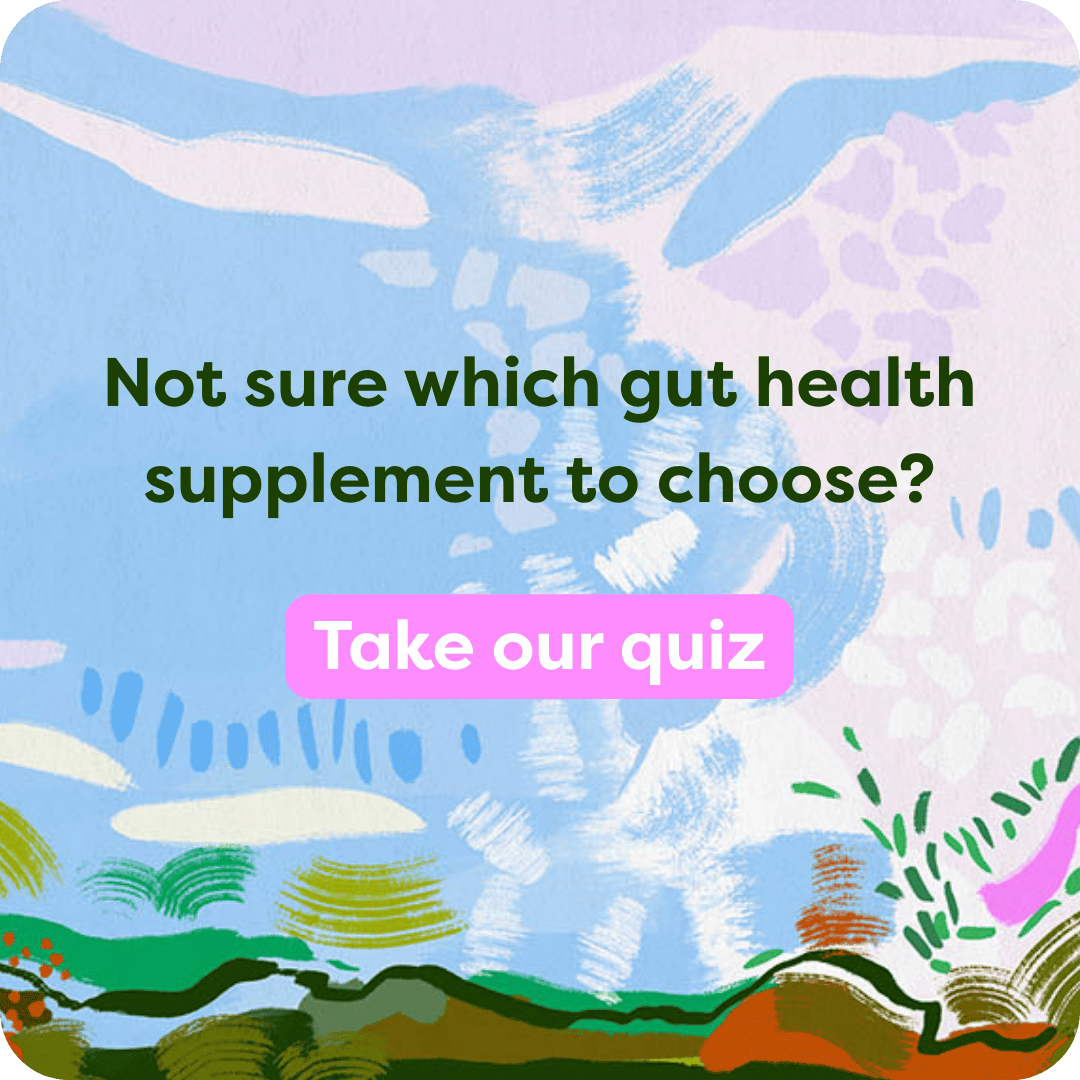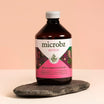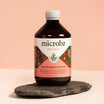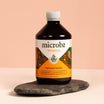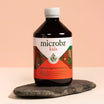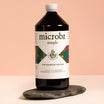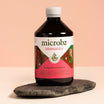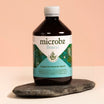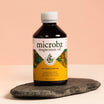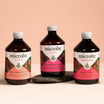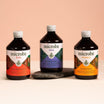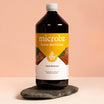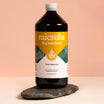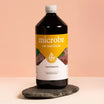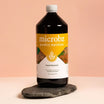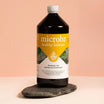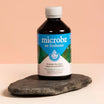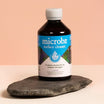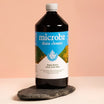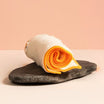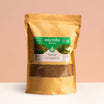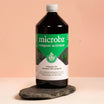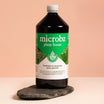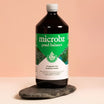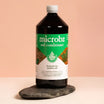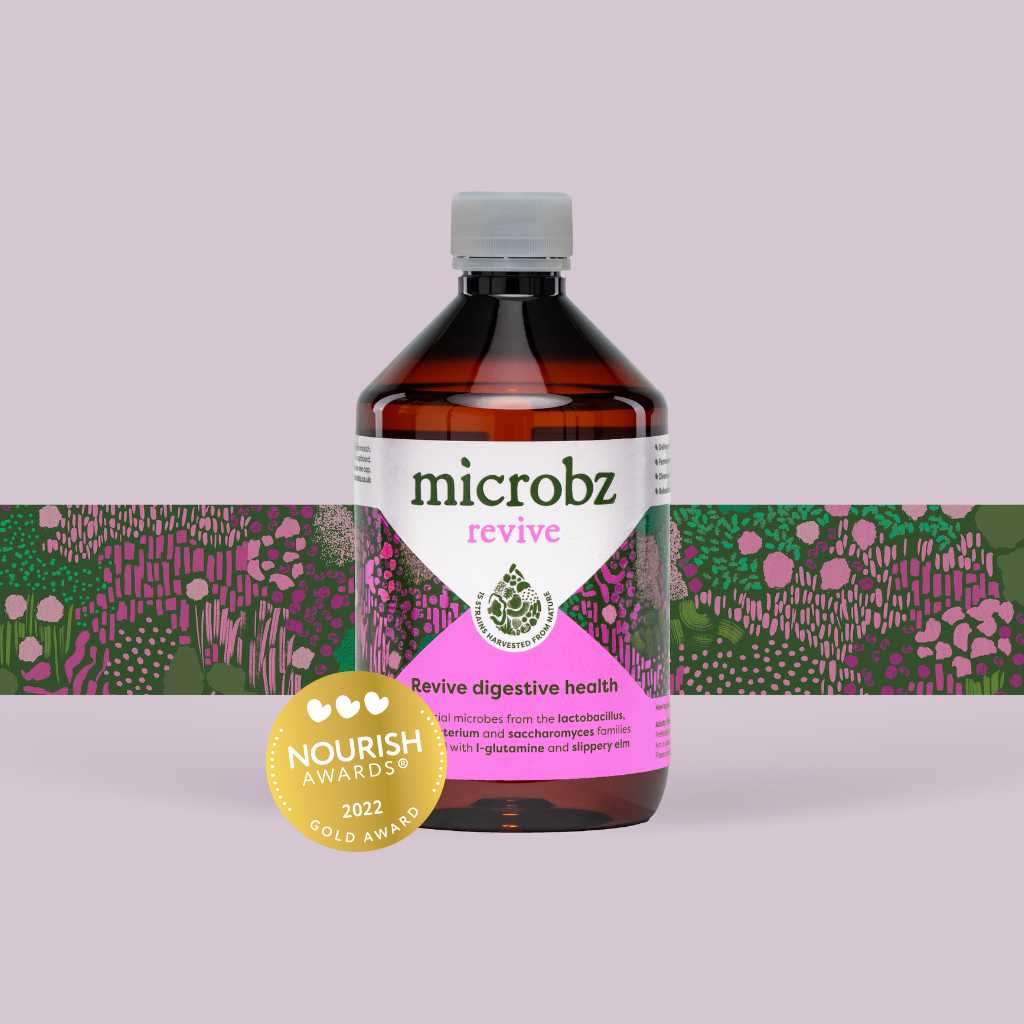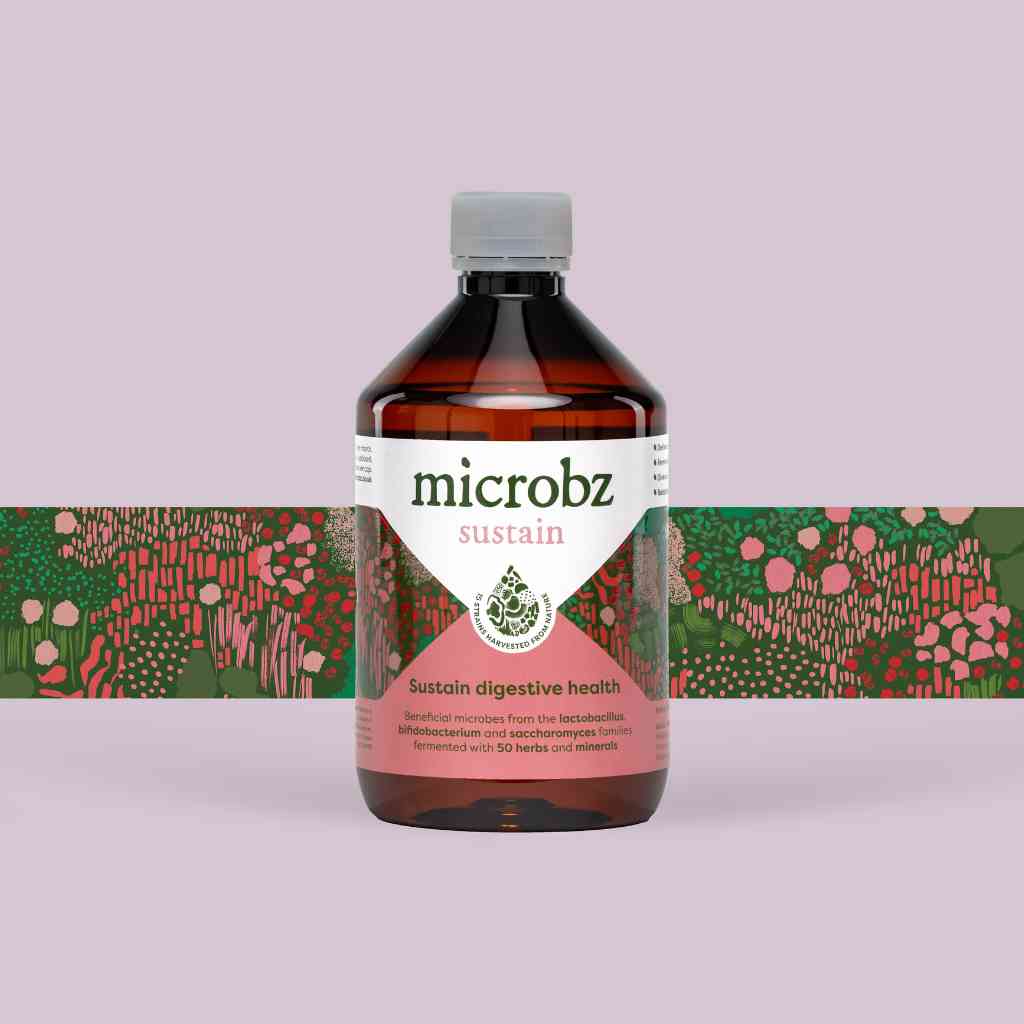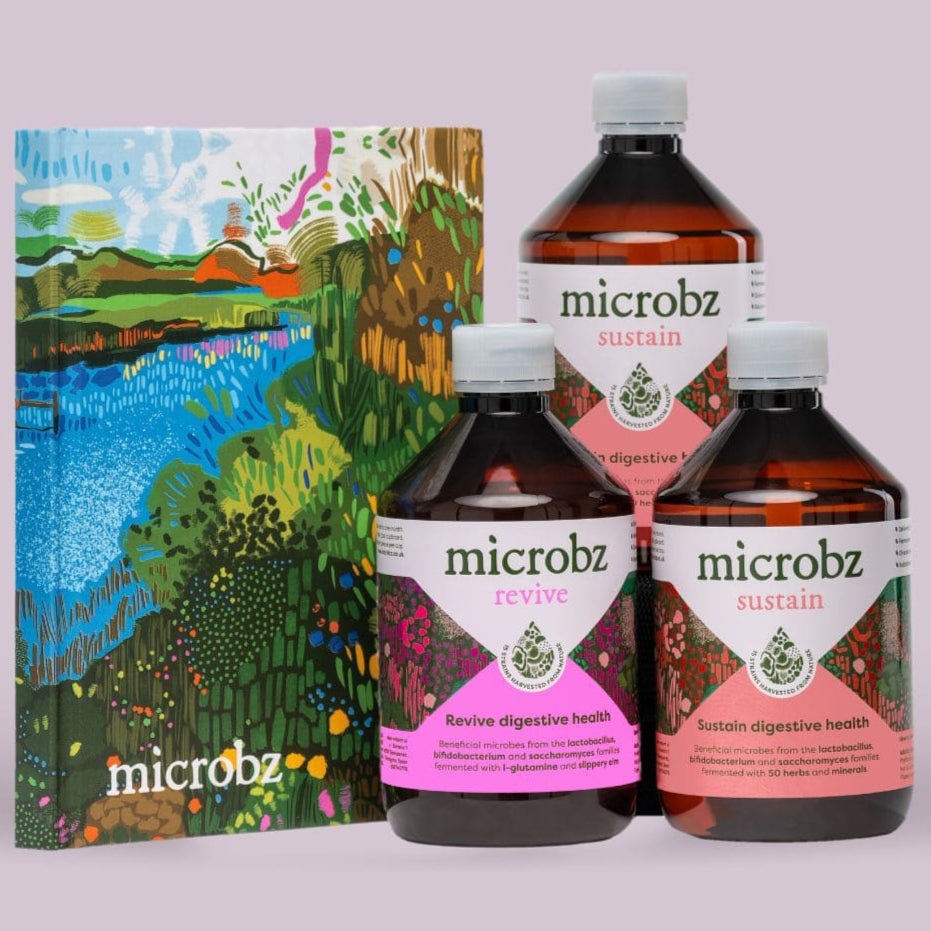Lavender
Lavandula angustifolia

Family: Laminaceae
Which probiotic is it in?: Lavender is a key herb in Bio-Live Sleep.
Habit and cultivation: Originally from the Western Mediterranean, Lavender is now grown world wide for its aromatic scented flowers. Often called English Lavender as the finest, high grade oil is produced in the cooler English climate, with longer hours of daylight. Now grown commercially in many countries. Grown from seed or from heeled cuttings. Prefers open sunny soil with lime. Improved by winter cold. Drought and frost resistant. The bulk of the flowers are used in the distillation of the volatile oil and harvested in August.
Actions (known for): Caminative, anti-depressant, anti-spasmodic, rubefaciet, emmenagogue, hypotensive, anti-rheumatic, choleretic and cholagogue.
History of Lavender
Parts used from the Lavender
Flowers.
Constituents (bio available chemicals):
Volatile oil 0.5-1% containing linalyl acetate with linalool, lavandulyl acetate, borneol, camphor, limonene, cadinene, caryophyllene, 4-butanolide, 5-pentyl-5-pentanolide. Coumarins including Umbelliferone, herniarin and coumarin. Miscellaneous: triterpenes e.g. ursolic acid, flavoniods e.g. luteolin.
Nutritional constituents:
Indications:
Colic, digestive weakness, headaches, stress, depression, menopausal symptoms, insomnia. Topically: The oil may be used as a stimulating liniment to ease the aches and pains of rheumatism.
Dosage:
Liquid extract (1:1): 15-40ml per week. Decoction: 1-4g 3 x daily.
British Herbal Pharmacopoeia
Cautions for therapeutic doses
Topically can caused dermatitis.

